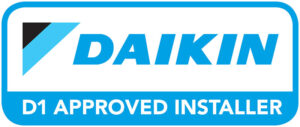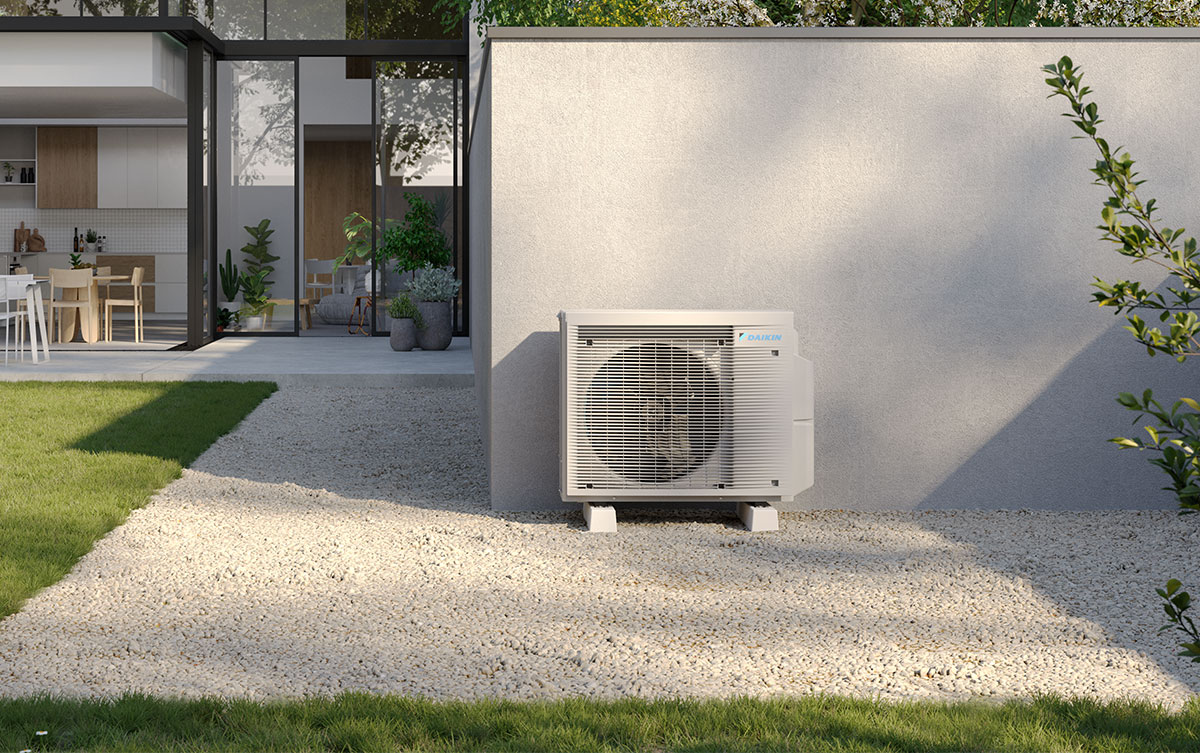
Air conditioning is the process of altering the properties of air, primarily temperature and humidity, to create a more comfortable indoor environment. It involves the removal of heat and moisture from an interior space to improve comfort and air quality. Air conditioning systems are used in both residential and commercial settings to maintain a consistent and desirable indoor climate.
How Air Conditioning Works
Air conditioning systems operate on the principles of thermodynamics and refrigeration. Here’s a simplified explanation of the process:
Heat Absorption:
- The air conditioning unit draws warm air from the interior space.
- This warm air passes over the evaporator coils containing a refrigerant. The refrigerant absorbs the heat from the air, cooling it in the process.
Heat Transfer:
- The now-cool air is blown back into the room, lowering the overall temperature.
- The refrigerant, now warmed by the absorbed heat, turns into a gas and flows to the compressor.
Compression and Condensation:
- The compressor increases the pressure and temperature of the gaseous refrigerant.
- The hot, pressurized refrigerant moves to the condenser coils, typically located outside the building.
- The refrigerant releases the absorbed heat to the outside air, condensing back into a liquid.
Cycle Repeats:
- The liquid refrigerant returns to the evaporator coils to repeat the cycle.
Types of Systems:
- Split - a single outdoor unit is connected to a single indoor unit which serves a single room.
- Multi Split - a single outdoor unit is connected to multiple indoor units which can serve a single or multiple rooms. Indoor units will either all be cooling or all heating.
- Sky Air - designed for the light commercial sector, Sky Air is a total solution air-conditioning system, providing heating, cooling, ventilation and air purification to medium or small buildings.
- VRV - a multi-split type air conditioner for large commercial buildings that uses variable refrigerant flow control developed by Daikin to provide customers with the ability to maintain individual zone control in each room and floor of a building.
What sort of indoor units can I choose?
- Wall Mounted - units are mounted at high level, drawing air from the top of the unit and then blowing out the bottom, outwards and downwards. Some units can be set to only heat the space where a person is or to avoid blowing directly at them.
- Floor Standing - units are more like traditional radiators in appearance. They are mounted on the floor against a wall. Air is drawn in from the bottom and is blown up from the top of the unit.
- Concealed Ceiling Units - are designed for concealment within a false or suspended ceiling, leaving only the underside of the unit visible. Air is drawn in from the centre of the unit and is blown from some or all of the sides.
- Ducted Systems - use a fan coil that is completely concealed within a loft, ceiling or wall space. Plenums are then used to duct the air flow from one side of the room to another, using grilles akin to those used in MVHR.
Indoor units come in many designs, so you're sure to find one that fits your space seamlessly.
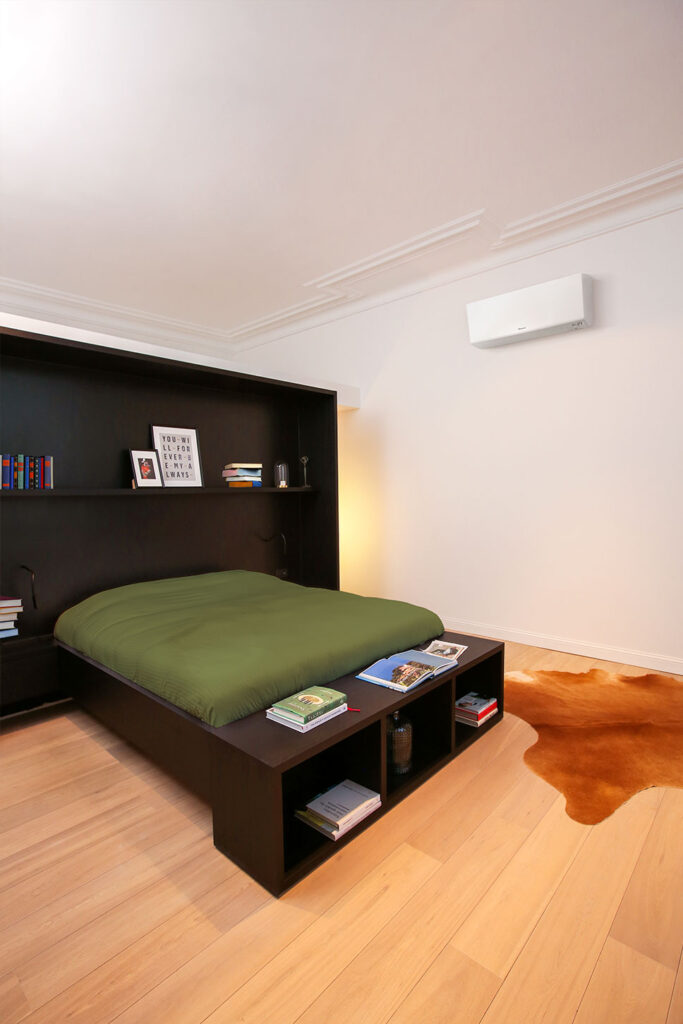
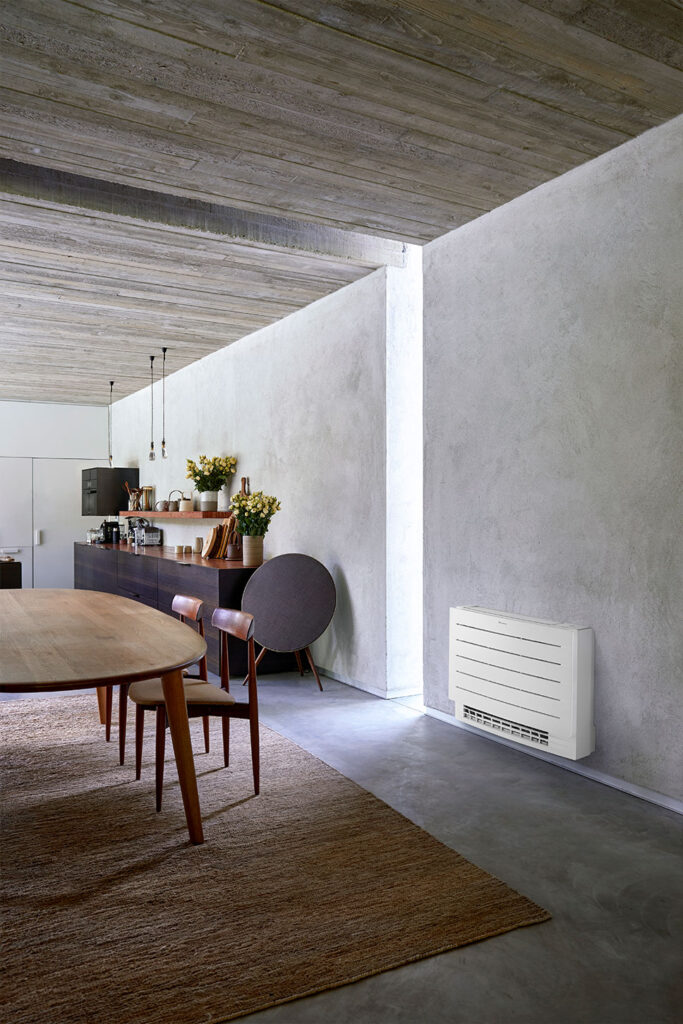
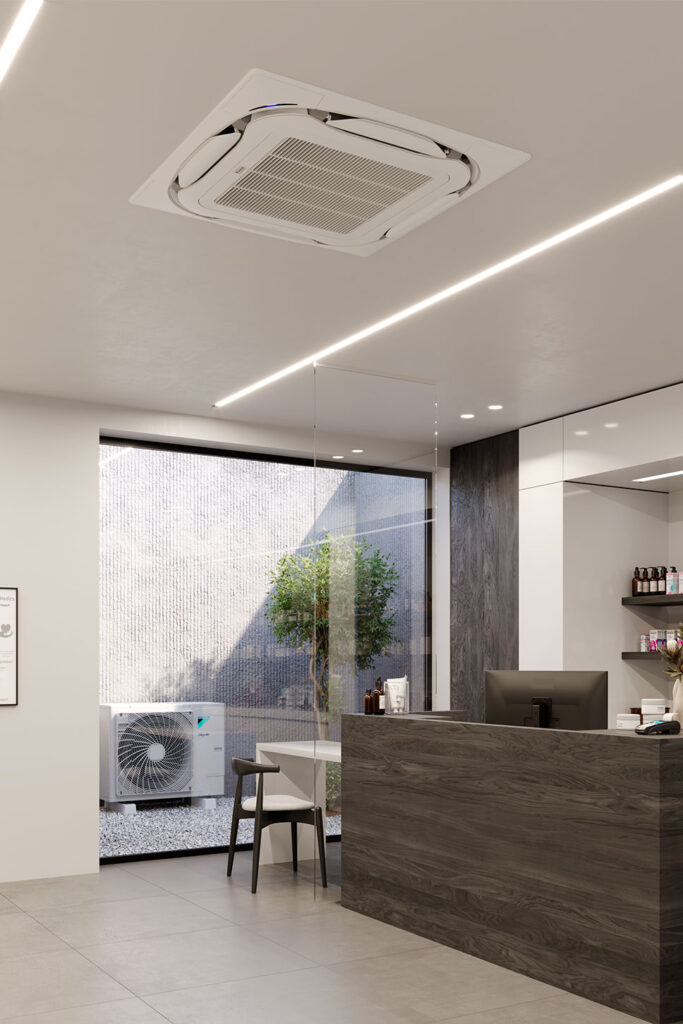
Daikin UK is a wholly-owned subsidiary of Daikin Europe: a market leader in heating, cooling, ventilation, clean air and refrigeration technologies. Our products and services are used in homes, businesses and industrial applications worldwide.
Our refrigeration solutions contribute to a low-carbon cold chain and help prevent food loss. We design products that reduce our impact on the environment, so we can build a more resilient future. Daikin is proud to lead the way in moving to a carbon-neutral society.
Ever since Daikin was founded almost a century ago, our mission has been to optimise the air that surrounds us. We’ve always used our expertise to improve lives and contribute to a healthier, more sustainable society.
Back in 1924, Akira Yamada founded Osaka Kinzoku Kogyosho Ltd, which in 1963 was renamed Daikin. By 1933, we were already researching the use of fluorine refrigerants. It was the start of a quest to develop the most comfortable, energy-efficient refrigerators and cooling equipment.
Japan’s commuters were among the first to benefit in 1936 when we launched the Mifujirator, which provided air conditioning on trains. And we’ve been building on those early innovations ever since.

